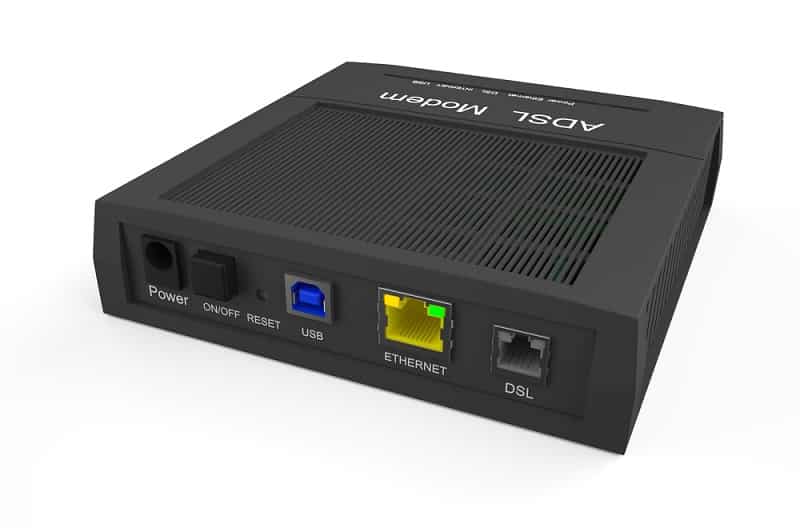
DSL (Digital Subscriber Line) and ADSL (Asymmetric Digital Subscriber Line) are high speed broadband Internet connections that you can receive over your current telephone line.
DSL vs ADSL
Whether you choose DSL or ADSL for your broadband Internet connection, it is not necessary to upgrade your telephone line to meet the needs of this type of service. Additionally, DSL and ADSL do not interfere with your regular telephone service and both can be used simultaneously without interruption.
DSL and ADSL almost look like similar terms, so what is the difference between how these two broadband Internet connections work?
A key word distinguishing the two services apart from one another is ‘asymmetric.”
ADSL allows you to download data over your telephone line faster than you can upload the information. When you are surfing the Internet, you tend to download more than you are uploading. Clicking on a link to a Web page means that you are downloading that page where filling out information and sending it to a website means that you are uploading information.
A DSL connection utilizes the unused wires in your telephone line to transmit digital signals instead of voice signals. The copper wires that are originally designed for voice signals are also capable of carrying a significant amount of bandwidth. By sending digital signals over the unused copper wires you are simply taking advantage of the bandwidth capability of these wires and achieving a high speed Internet connection.
ADSL and DSL connections do not interfere with your telephone service because some of the wires are being used to transmit voice signals while the others are transmitting digital signals.
The efficiency and speed of both DSL and ADSL will depend upon your geographical location and how far away you are from the central switching station. Looking at a map will not help you to determine the traveling distance of the signal. You will need to delve a little deeper into the actual location of the company lines to determine efficiency and talk to others who are nearby that use the service.
Keep in mind that there will be limitations on the service if your telephone is partially fiber optic because the digital data is incapable of passing through this type of line. Additionally, if there are extensions existent in your telephone service that improve the distance service to other customers, this may prevent a DSL or ADSL line from working for you.
Overall, a DSL or ADSL broadband Internet connection proves to be speedy and reliable when it comes to meeting the increasing demands of Internet use for communication and information. If you are an avid user and are constantly on the Internet, this type of connection is almost deemed a necessity unless you want to waste a lot of time waiting for downloads through a dial-up access connection.
In addition, most of the new technologies that are emerging on the market are not user friendly with a dial-up access connection which makes a broadband Internet connection more of a necessity and in reality, a way of life.
Good article. Thanks